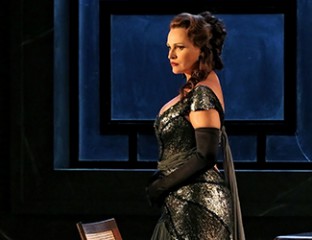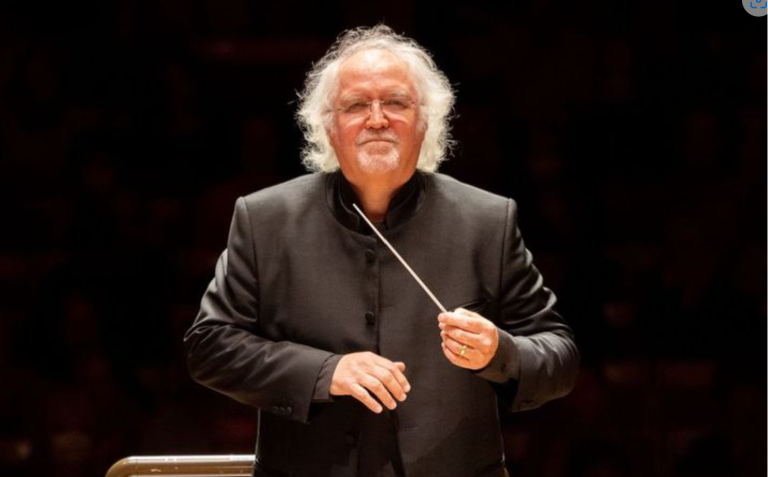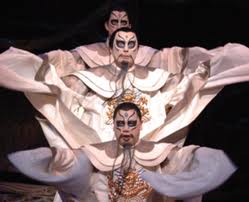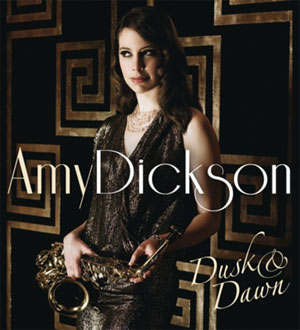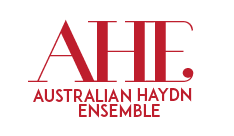Concert Review: Dances of Passion/ The Song Company
Dances of Passion – The Song Company
Cell Block Theatre, National Art School, Darlinghurst Sydney
19 March 2021
Written by Victoria Watson
The Song Company has long held a special position in the arts landscape of Australia. They have toured widely and brought the Australian public concerts of great variety and invention and this concert featuring their emerging or ensemble artists is no exception. Mentored by the Associate Artistic Director, Francis Greep the group of four young singers come from diverse backgrounds.
Soprano Roberta Diamond has a fine list of credits in early music in the UK; mezzo-soprano Janine Harris has a strong choral music history; tenor Ethan Taylor has music theatre experience and training; baritone Hayden Barrington’s background is operatic. Together they form a vocally disparate but musically committed ensemble.
The program offers an appealing blend of music by Granados, Juliana Hall and Brahms in three contrasting composing styles and eras, brought together by common themes of love and the human condition.
The audience is introduced to each singer individually through cameo solo songs from the cycle by Enrique Granados inspired by Goya paintings, Tonadillas (first performed in Spain in 1913). The passions of the working people are laid bare in these beautiful miniatures. Roberta Diamond was most at home in these songs, luxuriating in the language and her silvery edged tone well suited to the flashes of Latin emotion and quixotic mood changes. She was dressed to suit in red and black with a touch of Spanish sensualism in her serpentine movements.
Mezzo-soprano Janine Harris brought some lovely dynamics and phrasing to her songs, and captured the desolation of the rejected lover well in her delivery. Tenor Ethan Taylor displayed a light sweetness of tone and heartfelt emotion but lacked the power for more intense expressions. Conversely, baritone Hayden Barrington has a richer operatic tone but was less convincing interpretatively, his onstage character displaying a more literal and prosaic approach.
A highlight of this programme was contemporary American composer Juliana Hall’s cycle for vocal quartet Fables for a Prince (1989). After hearing the solo voices, it was a pleasure to hear them come together as an ensemble. The songs are intriguing settings of familiar moral tales and explore in depth the textures and close harmonies possible with four solo voices. The demanding music was impressively memorised and the sometimes overly complicated stage movements added extra challenges. When spaced together the sound blend was excellent, when the performers moved apart the ensemble was less clear and blended.
Without a break the programme moved into its final phase and back chronologically to 1868. Brahms’ Liebeslieder Waltzer (Op.52a) are eighteen short songs for vocal quartet, in this instance accompanied by piano duet (four hands). Co artistic director Antony Pitts moved from portraying a silent member of the tutorial entourage to duettist with Francis Greep. In this repertoire Barrington was more at home vocally and had the warmth of tone to bring out the lush Romanticism of Brahms’ writing. The other singers were less comfortable in this idiom and may have tired vocally as the cycle closed.
The whole concert has been ambitiously “dramatised’ by director Robert Macfarlane. The unfortunate lack of a longer and fuller preparation was possibly problematic. Much of the staging appeared to be in a developmental phase rather than fully formed. By bringing the staging into a contemporary Australian university tutorial room the impact of the songs was at times diminished rather than amplified. There was much distracting noise from chairs and movements around the space and upstaging from other characters inadvertently pulling focus from the central performer. While some songs were able to transcend the staging, others were subsumed. Left missing in action was the sensual Spanish flavour and sense of rural passions for which the Granados songs are rightly celebrated. The Hall fables leant themselves more readily to physicalisation but the Brahms suffered most from the directorial decision to place all the cycles in the same everyday context. The petty rivalries of the lovers seemed shallow against the sweeping majesty of the music.
Musically there was much to admire from pianists and vocalists alike in this inventive and musically diverse programme featuring four fine young singers and two accomplished pianists. This sort of project does much to develop performance skills beyond the traditional stand and deliver. Audiences can look forward to hearing more beautiful singing from them in future with the Song Company’s expanded programming.
SoundsLikeSydney©
A graduate of Melbourne university and VCA, Victoria appeared regularly as a soprano with the Victoria State Opera and has toured and served as artistic director of many chamber ensembles.
She has performed with Sydney Symphony Orchestra and for ten years, was artistic director of a major opera education project with Opera Australia. Since 2015 she has moved into directing opera including Mozart’s Cosi Fan Tutte at the Independent theatre.
Victoria has lectured in voice at the major universities in Melbourne, and is currently a tutor at UNSW. Having taught at major Sydney secondary colleges, she now runs a busy private singing studio. She is a published author on opera and a popular freelance music and theatre lecturer and advocate for Australian artists around the world.


